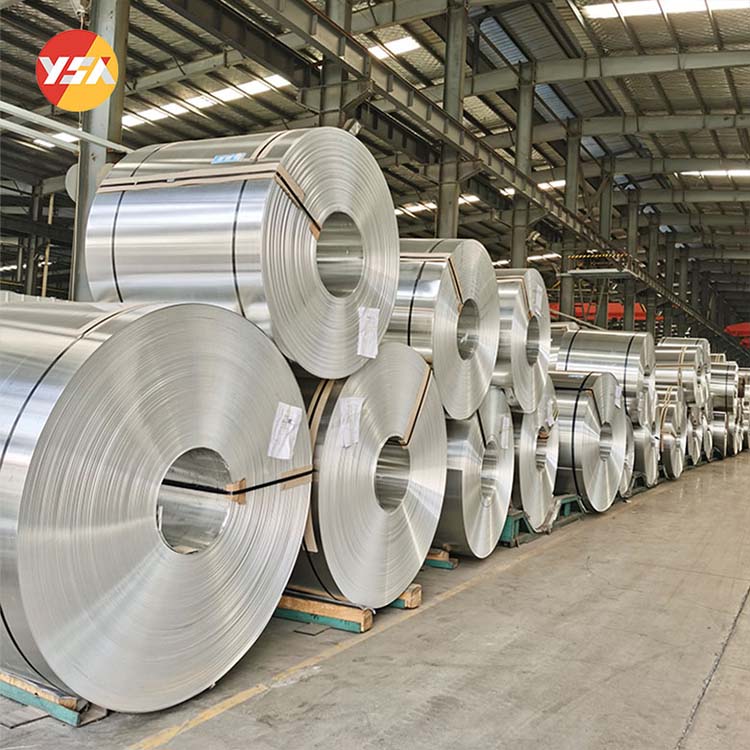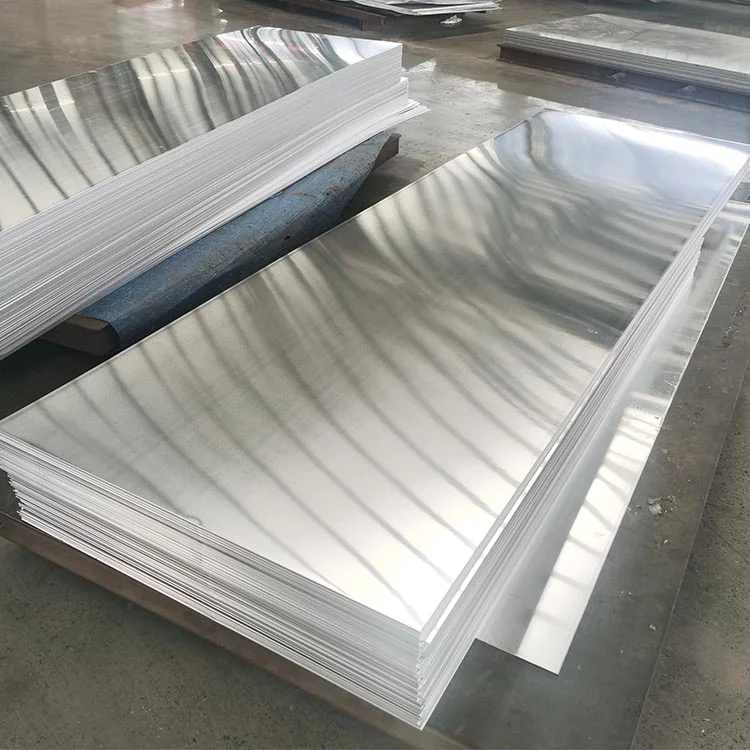Do You Relly Know 5052 Aluminum Coil
What Are the Key Properties of 5052 Aluminum Coil? The 5052 aluminum alloy belongs to the 5xxx series, renowned for its magnesium-dominated composition (2.2–2.8% Mg, 0.15–0.35% Cr). This alloy delivers a unique synergy of strength and corrosion resistance, achieving a tensile strength range of 210–270 MPa in H32 temper—nearly double that of pure aluminum. Its strain-hardened structure provides exceptional fatigue resistance, making it ideal for dynamic load applications like marine components. 5052 aluminum alloy chemical composition (%) Grade Si Fe Cu Mn Mg Cr Zn Ti 5052 0.25 0.4 0.1 0.1 2.2-2.8 0.15-0.35 0.1 – Unlike 6xxx alloys, 5052 lacks silicon, granting superior saltwater corrosion performance (ASTM G67 mass loss …


